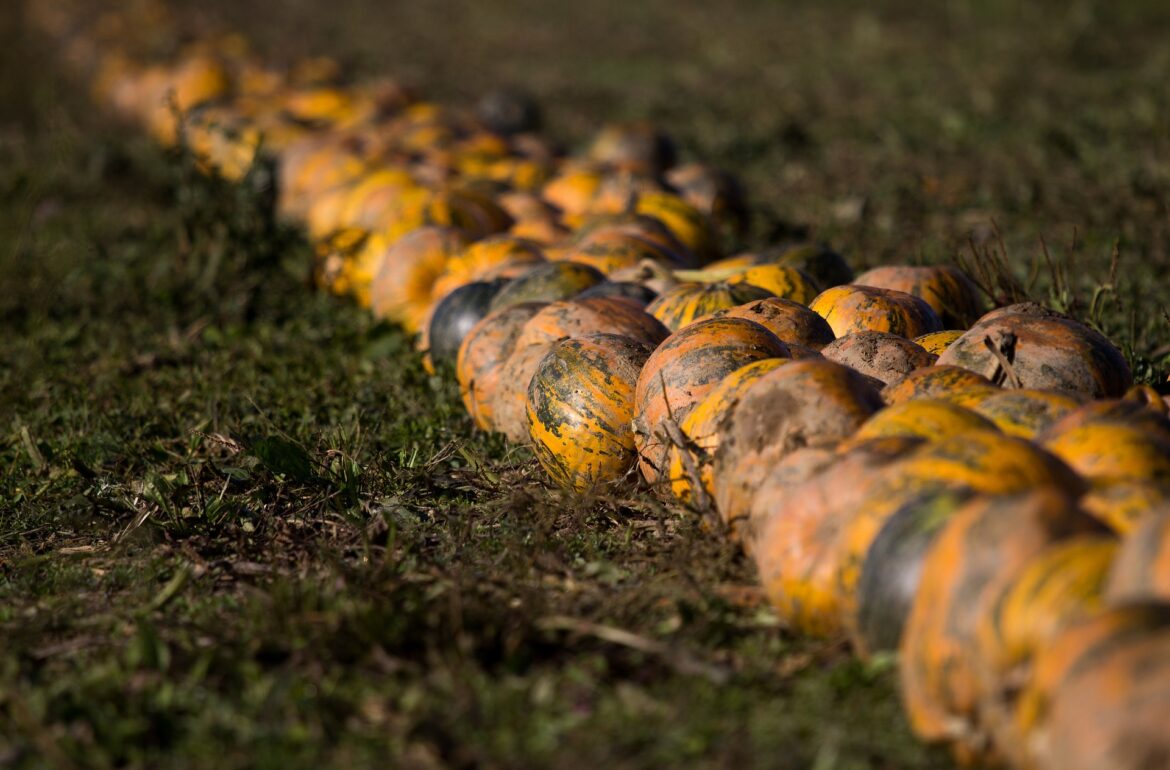Studies led by scientists from the Estonian University of Life Sciences indicate that many crops with hairier leaves tolerate ground-level ozone better.
The relative content of ground-level ozone in the air has significantly increased since the beginning of the 20th century. It seems that this trend will continue in the future. However, this gas is an environmental poison and harmful to living organisms. Compared to the beginning of the current century, large-scale ozone damage to forest trees as well as on crops has been recorded all over the world.
In a recently-published paper, an international working group, which was led by Estonian plant physiologist from EMÜ, looked at how the gland-tipped hairs of plants protect against the harmful effects of ozone. Plant epidermis has about ten different types of these hairs. Their density also varies between species with some species lacking these hairs altogether. So far, the gland-tipped hairs were primarily associated with a plant’s ability to fight against herbivory.
This time, the scientists limited their focus to agriculturally important plants, such as pumpkins, cucumbers, lavender, rosemary, etc. The research group found that the gland-tipped hairs excrete compounds which have an ozone-neutralising effect. Plants with hairier leaves were significantly more resistant to a high concentration of ozone. Their leaves developed the brown spots marking ozone damage later than less-hairy species.
This paper is significant because, for the first time in history, the gland-tipped hairs have assumed an important function as neutralisers of ozone.
The translation of this article from Estonian Public Broadcasting science news portal Novaator was funded by the European Regional Development Fund through Estonian Research Council.
 Back
Back



